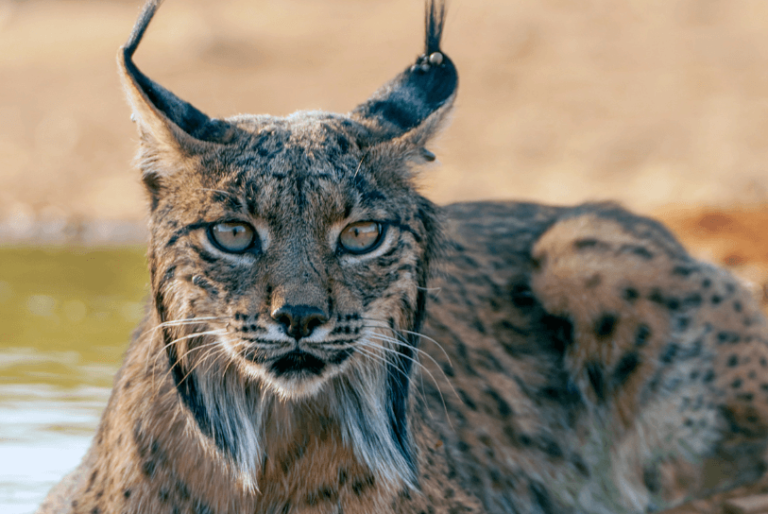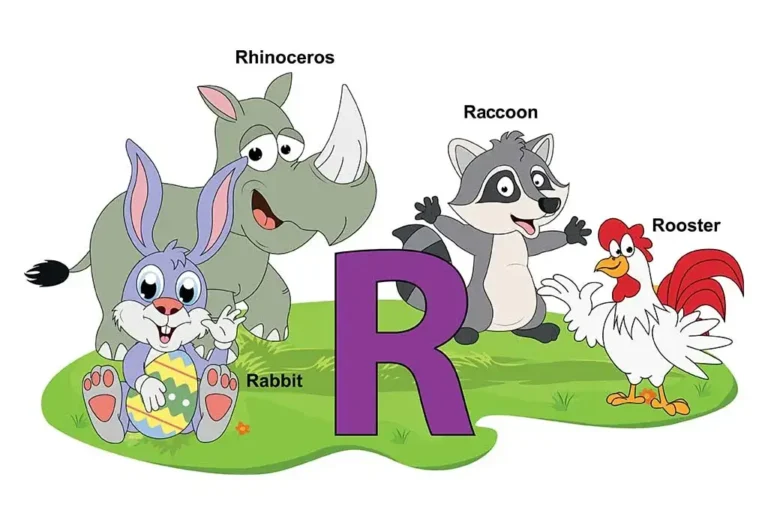Platypus: An In-Depth Exploration
The platypus (Ornithorhynchus anatinus) is one of nature’s most extraordinary creatures. As a unique monotreme, it bridges the gap between mammals, reptiles, and birds, showcasing a blend of characteristics rarely seen in the animal kingdom. This article delves into the platypus’s scientific classification, physical traits, habitat, behavior, diet, reproduction, predators, and conservation status while highlighting its fascinating evolutionary history and human relationship.
Contents
Scientific Classification
- Kingdom: Animalia
- Phylum: Chordata
- Class: Mammalia
- Order: Monotremata
- Family: Ornithorhynchidae
- Genus: Ornithorhynchus
- Species: O. anatinus
The platypus belongs to the order Monotremata, a group of egg-laying mammals that includes echidnas. This ancient lineage dates back millions of years, making monotremes some of the most primitive mammals.
Physical Characteristics

The platypus is a small, semi-aquatic mammal notable for its unique appearance:
- Size: Adult males average about 50 cm (20 inches) in length, including the tail, while females are slightly smaller.
- Weight: Typically ranges from 0.7 to 2.4 kg (1.5 to 5.3 lbs).
- Fur: Dense, waterproof fur covers its body, providing insulation in cold waters.
- Bill: The most distinctive feature is its broad, duck-like bill, which is soft, rubbery, and highly sensitive, equipped with electroreceptors that detect prey.
- Feet: Webbed feet aid in swimming, while retractable webbing allows it to walk on land.
- Tail: The flat, paddle-like tail stores fat reserves and aids in swimming.
- Venom: Males have a spur on their hind legs capable of delivering venom, used in fights during the breeding season.
Habitat
Platypuses are native to eastern Australia and Tasmania, inhabiting freshwater rivers, lakes, and streams. They prefer abundant water vegetation and sandy or muddy banks for burrowing. The platypus constructs burrows in riverbanks, where it rests during the day and emerges to hunt at dawn and dusk.
Behavior

The platypus is nocturnal and crepuscular (active during dawn and dusk). Known for its shy and solitary nature, it swims and foraging underwater. It uses its bill to search for food, navigating its murky environment with its eyes, ears, and nostrils closed.
Diet
The platypus is a carnivorous forager, feeding primarily on aquatic invertebrates. Its diet includes:
- Crustaceans: Small shrimp and crayfish.
- Insect larvae: Such as caddisflies and mayflies.
- Worms: Various species of annelids.
- Small fish and amphibians: Occasionally consumed when available.
The platypus uses its bill to scoop up prey and gravel, which helps grind food since it lacks teeth. It stores captured food in cheek pouches and consumes it on the surface or inside its burrow.
Reproduction
Platypuses are one of the few mammals that lay eggs. Key aspects of their reproduction include:
- Breeding Season: Typically occurs between June and October.
- Egg Laying: Females lay 1-3 leathery eggs in a nesting burrow, which they incubate by curling around them.
- Incubation Period: About 10 days.
- Young Development: Hatchlings are born blind and hairless, dependent on their mother’s milk, secreted through skin pores as the platypus lacks nipples.
Predators and Threats
Natural predators of the platypus include:
- Birds of Prey: Such as eagles and owls.
- Reptiles: Including snakes and large monitor lizards.
- Introduced Species: Foxes, dogs, and cats can also pose threats.
Human activities, such as water pollution, habitat destruction, and the construction of dams, have impacted platypus populations, altering their natural habitats and food sources.
Conservation Status
- IUCN Status: Near Threatened.
- Threats: Urban development, water pollution, climate change, and accidental capture in fishing nets.
- Conservation Efforts: Conservation groups are working to preserve habitats, monitor populations, and raise awareness about the platypus’s ecological significance.
Interesting Facts
- Electroreception: The platypus can detect electrical signals from prey, making it one of the few mammals with this ability.
- Venom: Only the male platypus has venom, which is not lethal to humans but can cause severe pain and swelling.
- No Teeth: The platypus uses tough pads inside its bill to crush food instead of teeth.
- Milk Secretion: Platypuses do not have nipples; instead, they secrete milk through their skin for their young to lap up.
Evolutionary History
The platypus is a living fossil with ancestors dating back over 100 million years to the Cretaceous period. Fossil records suggest that monotremes once had a wider distribution, extending into South America. Genetic studies reveal that the platypus shares genetic traits with reptiles and mammals, reflecting its ancient lineage and evolutionary adaptation.
Relationship with Humans
The platypus has fascinated humans since its discovery by European explorers in the late 18th century, who initially thought it was a hoax due to its unusual appearance. Today, it is a symbol of Australian wildlife and biodiversity. However, the platypus remains vulnerable to environmental changes, making its conservation crucial for maintaining Australia’s ecological heritage.
Conclusion
The platypus is a remarkable example of evolutionary diversity, combining traits from mammals, birds, and reptiles. Its unique adaptations, such as electroreception, egg-laying, and venom production, make it a subject of scientific intrigue and conservation importance. Protecting the platypus and its habitat ensures the survival of one of nature’s most extraordinary and enigmatic species.
- Golden Retriever Pros and Cons: What Every Pet Parent Should Know - 15 September 2025
- Cane Corso Dog Breed: Health, Care, and Lifespan - 14 September 2025
- Catahoula Leopard Dogs: Description, Temperament, Lifespan, & Facts - 21 July 2025







